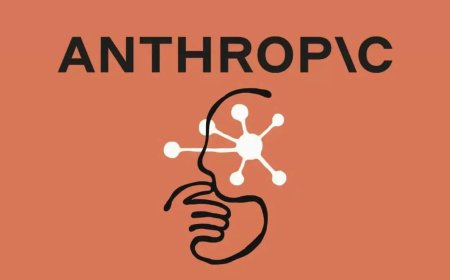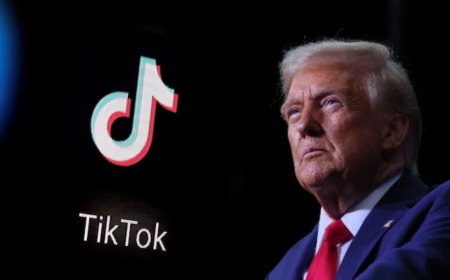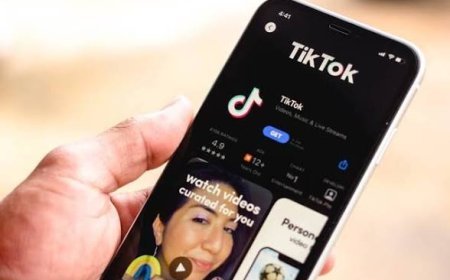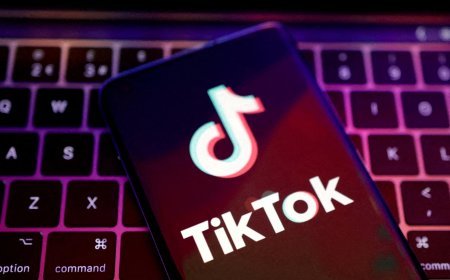Social Media Algorithms Under Scrutiny: Are They Controlling What You See Online?
In 2025, social media platforms like TikTok, Instagram, X, and Facebook have transformed from simple connection tools into powerful ecosystems driven by algorithms that dictate what you see, how you engage, and even how you perceive the world. In the United States, where over 80% of adults use social media daily, these algorithms are under intense scrutiny for fueling division, spreading misinformation, and impacting mental health. As lawmakers, researchers, and users demand accountability, the question looms: Are tech giants’ algorithms running unchecked, or can users reclaim control? This article dives into the mechanics of these algorithms, their consequences, emerging U.S.-led regulations, and what the future holds for social media users.

In This Article:
-
How algorithms curate your social media experience.
-
The negative impacts, from polarization to mental health risks.
-
U.S. regulatory efforts to rein in algorithmic power.
-
Global perspectives on algorithm transparency.
-
The future of user control over social media feeds.
How Algorithms Shape Your Social Media Experience
Social media algorithms are invisible architects of your online world. Every time you open an app, they analyze your past interactions—likes, comments, shares, and even how long you pause on a video. They track who you follow, who follows you, and predict what will keep you scrolling. In the U.S., where users spend an average of two hours daily on platforms like Instagram and TikTok, these algorithms create hyper-personalized feeds designed to maximize engagement. The result is a dopamine-driven cycle that feels addictive, but it often narrows your worldview, amplifying content that aligns with your existing beliefs while filtering out diverse perspectives.
The Consequences of Algorithmic Control
The relentless focus on engagement has a dark side. Algorithms often deepen polarization by feeding users content that reinforces their views, creating echo chambers that make compromise or understanding harder to achieve. Misinformation, especially during U.S. elections, spreads rapidly when algorithms prioritize sensational posts over factual ones—studies estimate that false stories travel six times faster than accurate ones. Mental health is another casualty: a 2024 study by the National Institute of Mental Health linked algorithm-driven feeds to heightened anxiety and body image issues among American teens. Ultimately, these systems prioritize profit—more clicks mean more ad revenue—often at the expense of truth and user well-being.
U.S. Regulatory Pushback
In the U.S., lawmakers are taking aim at algorithmic power. The proposed Algorithmic Accountability Act, gaining traction in Congress in 2025, would force companies like Meta and TikTok to disclose how their algorithms rank content and address biases. States like California and New York are also exploring laws to limit manipulative engagement tactics, such as autoplay videos that keep users hooked. These efforts aim to give Americans more transparency and control, potentially requiring platforms to offer chronological feeds or explain why certain posts appear. However, tech companies argue these regulations could stifle innovation, setting the stage for heated legal battles.
Global Perspectives on Algorithm Transparency
While the U.S. leads with legislative proposals, other regions are also acting. The European Union’s Digital Services Act, fully enforced by 2024, requires platforms to explain their algorithms and offer non-personalized feed options. Countries like India and Australia are investigating algorithms’ roles in election misinformation, with Australia piloting transparency dashboards that show users why specific content appears. These global efforts signal a growing consensus: unchecked algorithms pose risks to democracy and public health. The U.S., however, remains the epicenter of this debate, given its massive social media user base and influence over tech giants.
The Future of User Control
The push for reform could reshape social media by 2026. In the U.S., users may soon have the option to toggle off personalized algorithms, opting for chronological feeds that prioritize recency over engagement. Transparency tools could reveal why a post appeared in your feed, demystifying the “black box” of algorithms. Restrictions on addictive features, like infinite scroll, might also emerge. Globally, similar changes are likely, but the U.S.’s regulatory moves will set the tone. These shifts could empower users to curate their own digital experiences, reducing the influence of tech giants and fostering a healthier online environment.
Who Controls Your Feed?
At its core, the debate over social media algorithms is about power. Should tech companies decide what you see, or should you have the final say? With over 300 million Americans using social media daily, the outcome of this struggle—between corporate interests, regulatory pressure, and user demands—will shape the future of digital communication. As 2025 unfolds, the fight for control over your feed is just beginning.
What's Your Reaction?
 Like
0
Like
0
 Dislike
0
Dislike
0
 Love
0
Love
0
 Funny
0
Funny
0
 Angry
0
Angry
0
 Sad
0
Sad
0
 Wow
0
Wow
0






























